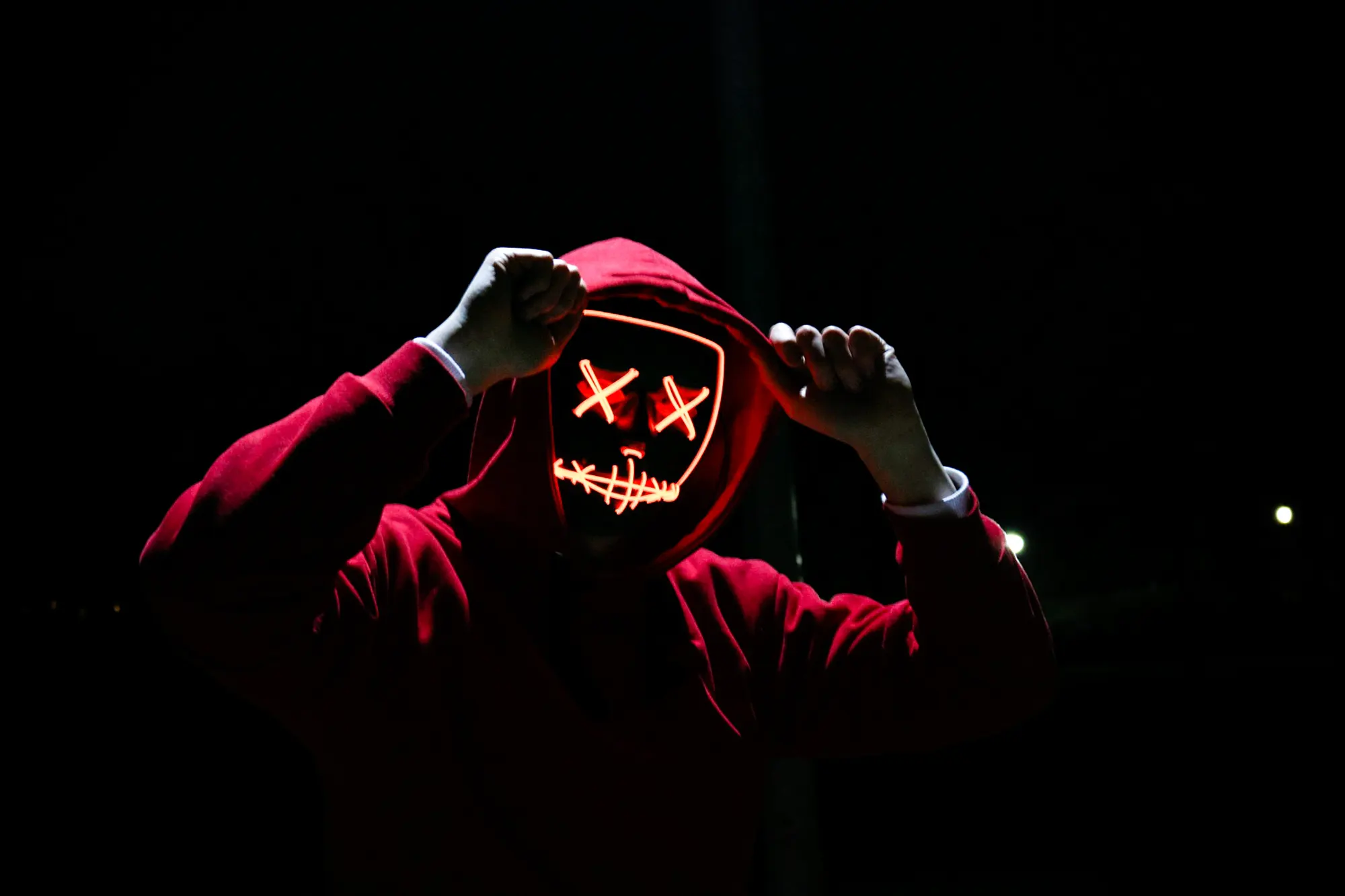
(The Good, the Bad, and the Ugly)
Many of us have been hearing about the Dark Web for some time now, but it’s usually in the vaguest terms: we don’t really understand what it is or have a firm grasp on how it might be impacting us. Much like the boogie man of our childhood, we understand it to be something bad but only on the most enigmatic level. In this blog, we’ll take a look at what the Dark Web is, it’s history, and the pros and cons of its existence.
In defining what the Dark Web is, we would be remiss if we didn’t take a moment to distinguish it from the Deep Web, with which it is often confused. Many news outlets fail to make a distinction between the two, but for the purpose of this article (and to be more factually accurate), according to Wikiedia, the deep web is “a reference to any site that cannot be accessed through a traditional search engine,” and the dark web is “a portion of the deep web that has been intentionally hidden and is inaccessible through standard browsers and methods.” Because the Dark Web is not indexed, it can only be accessed via certain networks, such as The Onion Router and The Invisible Internet Project. More on those in a minute.
The Dark Web has a muddied history. But it’s not at all new, and it may surprise you to know that it’s been around for decades. There were a string of articles that came out last year touting the 20th anniversary of the advent of the Dark Web, while other sources claim that a rudimentary form of the web’s underbelly, known as ARPANET, first originated in the 1960s as an anonymous online communications network. But if the Dark Web has been around for so long, why is it that many of us have only started hearing about it in the last few years?
The answer is not complicated. We’ve blogged before about the exponential rise of cybercrime, in the form of ransomware, identity fraud, phishing scams. And with the rise in notoriety there has come an increased awareness of the places where cyberterrorism has been allowed to flourish unchecked.
The people that made the Dark Web possible actually started out with good intentions. In early 2000, Freenet was launched, and touted itself as a peer-to-peer, decentralised network, designed to make it less vulnerable to attack and snooping by authorities and states. To be fair, it was never squeaky clean, as it was immediately used to distribute pornography and pirated materials, but the amount of nefarious activity was a fraction of what takes place today. Back then, it was seen more as a way to share information.
In 2002, The Onion Router (also known as TOR) was created by scientists who received funding from the US Naval Research Laboratory with the hopes that it would facilitate safer communications with intelligence sources from around the world.
In 2004, the Naval Research Laboratory released the code for TOR to the public, and it quickly became the most popular means by which people accessed the Dark Web. It wasn’t long before people who had more sinister intentions found a way to subvert and take advantage of the fact that they couldn’t be tracked.
In 2010, users started taking advantage of another technological advancement: cryptocurrencies, including Bitcoin, and later on, Montero. The anonymous transfer of funds combined with the ability to do so on untraceable networks seemed like a marriage made in heaven for the sale of nearly every kind of illegal transaction possible. Only 4 years later, in 2014, a study by Gareth Owen from the University of Portsmouth found that the most commonly hosted type of content on TOR was child pornography, with the sale of illegal drugs being almost as popular.
Equally as disturbing is that the Dark Web was used by hackers and cyberterrorists connected to the Arab Spring to coordinate attacks on entire countries. And it’s only been escalating ever since. Last month, we blogged about a government-backed terrorist group in North Korea using social networks to infiltrate security teams at Google. And not to be outdone, hackers routinely market their services the highest bidder. Some have even been reported to track and extort money from pedophiles. It’s not called the Dark Web just because the exchanges happen in the shadows; there are pockets of the web that are so subversive that most people with a shred of morality can’t begin to imagine the goings-on.
However, proponents of the Dark Web state that the bad outweighs the good. Many people feel a sense of uneasiness about their every online movement being tracked. Data such as what sites they visit, what they purchase, and even their political affiliations are easily accessible. How many times have you been on Amazon looking for something, closed out of the app, and then suddenly found yourself looking at ads on Facebook for the very same product?
When the Constitution and The Bill of Rights were written, the concept of the World Wide Web may have been difficult for the Founding Fathers to conceptualize, but they were adamant about keeping the Government out of people’s private affairs so long as no one was infringing on another’s rights. They would have no doubt supported protecting citizens, especially those who are too young to defend themselves and are in need of rescue from sexual predators. But they would have also vehemently objected to a record of someone’s purchases or books borrowed from a public library being turned over to the governing authorities to be monitored and tracked.
For many people, it’s not a black-and-white issue. But it is one that will no doubt continue to be debated as we find ourselves utilizing online services more and more. With COVID-19, we saw entire industries go virtual practically overnight. So we predict that this won’t be the last time we will be blogging about the Dark Web. In the meantime, we’ll continue to keep you in the loop about all things related to your digital integrity. If you have any questions though about how to protect yourself from scammers, hackers, and cyberterrorists, reach out to Buzz Cybersecurity today for a free consultation!
Photo by Sebastiaan Stam from Pexels


